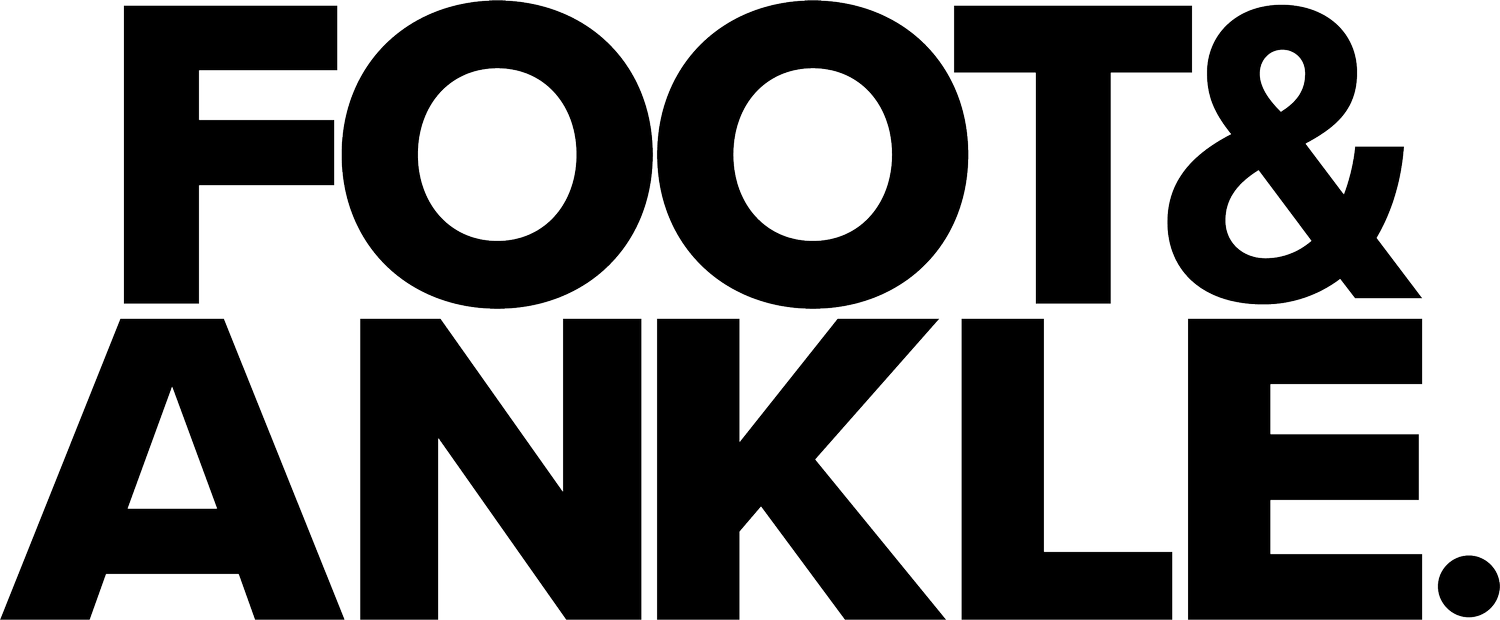A Beginner's Guide to Starting Running.
Are you intrigued by the idea of running but unsure of where to start? If so, you're not alone. Many people express a desire to begin running but are uncertain about how to take the first step. In this blog post, we'll explore some valuable insights and tips from the Foot and Ankle Project podcast to help beginners kickstart their running journey.
Running as a Skill
First and foremost, it's essential to recognise that running is a skill that requires practice and patience. Just like any other form of movement or exercise, mastering the art of running takes time. Whether you're a complete novice or someone returning to running after a hiatus, it's normal for it to feel challenging at first. Remember, you're not just improving your fitness; you're also refining your running technique.
Understanding Load vs. Capacity
A fundamental principle in starting any new exercise regimen, including running, is understanding the concept of load versus capacity. You can read a blog about this here. This principle emphasises the importance of gradually increasing the intensity and volume of your workouts to allow your body to adapt and build strength safely. Rapidly ramping up your running mileage or intensity can increase the risk of overuse injuries. Therefore, it's advisable to start with manageable levels of load and gradually progress over time.
Building Volume and Frequency
When beginning a running program, focus on building volume (the amount of running you do) and frequency (how often you run) before introducing intensity. Start with a conservative volume and frequency that allows you to maintain a conversational pace during your runs. This approach not only reduces the risk of injury but also helps improve your aerobic capacity and endurance gradually.
Incorporating Strength Work
In addition to running, incorporating strength training into your routine can be beneficial for improving performance and reducing the risk of injury. Targeting key muscle groups such as the calves, hips, and core can help enhance running mechanics and overall stability. Simple exercises like calf raises, squats, lunges, and core workouts can complement your running program and contribute to long-term success.
Emphasising Consistency
Consistency is key when it comes to running. Rather than sporadically increasing your mileage or frequency, strive to maintain a consistent running schedule week after week. Set realistic goals and aim to hit a minimum number of runs per week, gradually increasing as you become more comfortable and confident. Consistency not only helps build endurance and strength but also reduces the risk of burnout and injury.
Utilising Structured Programs
Consider following a structured running program, such as Couch to 5K, to provide a systematic approach to building endurance and mileage. These programs offer gradual progression and incorporate a combination of running and walking intervals to ease beginners into running safely. Additionally, free online resources and mobile apps can provide guidance and support throughout your running journey.
Conclusion
Starting running can be a rewarding and fulfilling experience, but it's essential to approach it with patience, respect for your body, and a commitment to gradual progression. By focusing on building volume, frequency, and strength while emphasizing consistency, you can lay a solid foundation for long-term success in your running endeavors. Remember, every step forward is a step closer to achieving your goals. Happy running!
Whether you're a complete beginner or someone returning to running after a break, I hope these insights and tips provide valuable guidance as you embark on your running journey. At Foot & Ankle Albury, we're here to support you every step of the way. Contact us today to learn more about our services and how we can help you achieve your running goals.
Foot & Ankle - Improving Foot Health for Runners in Albury, NSW.

